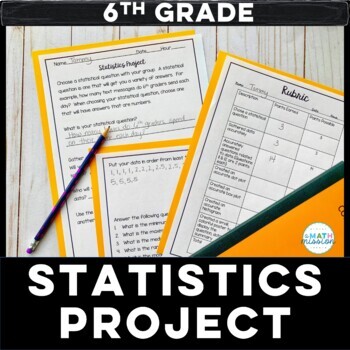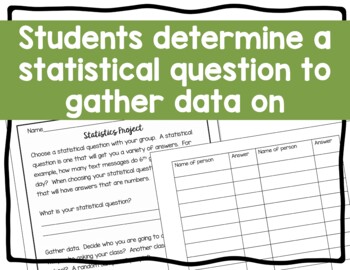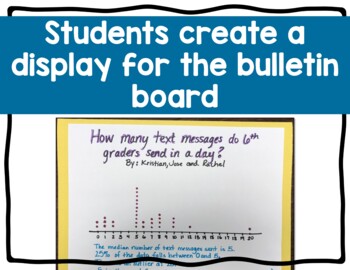Math Statistics Project Based Learning Dot Plot Box Plot Histogram
- PDF
- Easel Activity
What educators are saying
Description
Set your students loose to practice their statistics skills! This project is great for a culminating assessment.
This project is centered around students coming up with a statistical question, and gathering data on that question. Students answer statistical questions, and create a dot plot, box and whisker plot and histogram based on the data collected. A summary of their findings is then created to display for others to see. A rubric is included for grading purposes.
This project actively involves the participants in the understanding of the statistics concepts.
This product is EDITABLE. To edit, download to your computer and open in Adobe. Click on "edit PDF".
If you are interested in more like this, check out Basketball Statistics and Baseball Statistics.
Follow me for notification of new products and sales!






